Recently we were asked about the possibilities of having a Japanese home-stay and it brought back memories of Japanese exchange students and visitors settling into a new environment. Many people have had great exchange experiences – some have had unpleasant ones – but there seems to be a need for more precise information for these exchange students to help the visit go smoother. We will build up a section of pages giving information about exchange settling-in situations.
There is a big difference between a Japanese bathroom and a non-Japanese bathroom: the Japanese bathroom is water-proofed and it has a large built-in drain. Non-Japanese bathrooms often do not have drains in the floor boards outside the tub. This is a gigantic difference.
We remember the happy Japanese bather throwing buckets of water all over himself, while the hosts were downstairs waiting for him to come to dinner… The leaking downstairs ceiling, the wet carpet in the corridor as well as water down the stairs led to some frustration and quite some expense…
We remember the happy Japanese bather throwing buckets of water all over himself, while the hosts were downstairs waiting for him to come to dinner… The leaking downstairs ceiling, the wet carpet in the corridor as well as water down the stairs led to some frustration and quite some expense…
Another more common error is that hot water appears to be in seemingly endless supply in Japan, while in other countries hot water may come from a hot water cylinder or tank. One visitor’s bath may leave the rest of the family without hot water for the evening… and a power bill. Please, just show your visitor where the hot water cylinder is and explain in simple English the limitations of the situation. Your student will “get” the idea. It may be a shock though for them to discover that water and electricity are limited elsewhere in the world. Enough said.
Often in Japan the hand basin is outside the Japanese bathroom – close but separate.
Your visiting Japanese female student will turn up with her hairdryer and her one-tonne-weighing suitcase thinking she is travelling lightly. She will imagine that Australasian power points are the same as American ones, so you will need to show her. The power strength is similar to European power supplies, except that the plugs are very different. Most shops sell adapters. By the way, Asian hair is very thick, so it takes a long time to blow-dry your student’s hair and she doesn’t want to look “damp” – watch your power bill!
We don’t remember seeing a heater in a bathroom in Japan, nor did we see power-points. However, anything electric there was built-in and sealed off on account of short-circuiting. They did have a bathtub warming system and even a pump system for recycling hot water. More about the Japanese bath later.
Mind you, our bathroom power-points are all individually switched and fused.
We could write a book about electricity usage by Japanese in general. Unbelievable! Someone once compared Japan with “The land where the sun never sets”, because there seems to be no darkness in Japan. Never mind. Another day; another page.
Many Japanese homes have electronically-operated toilets with electronic flushing, bidet facilities and even built-in lights. Your Japanese visitors may feel they have plummeted into the last century, so be gentle with them. Mind you, not every toilet is like that. There are also ‘older-style toilets…’
Usually the Japanese toilet cistern is modeled on a hand wash basin, so fresh water flows into the basin and will become the grey water for the next flush. You may have to explain that you have a separate hand basin.
Because of the change in diet when moving to a western country, Japanese youngsters tend to put on some weight. It happens. As there are not so many stairs and the pace of living is slower, those pounds tend to linger. Invariably these deposits disappear once your student returns to Japan again.
.
In the last few years taps in older homes have been replaced and now the mixer tap is more common. What is important is that the Japanese language has two different words for hot water and for cold water. Hot water is in the bath, the jug and your tea and cold water is in the sea, the river and in your glass during dinner.
Towel rails tend to be electric these days.
But no, there is more!
The most important item in any bathroom:
These are about all the items one could find in a bathroom. We’ll give bathing a separate page. Again, be prepared for Japanese people leaving the lights on all over the place – even when they go to sleep! They tend to have no idea about electricity and the costs, and they use hot water as if it comes from the sun!
.
































































































































































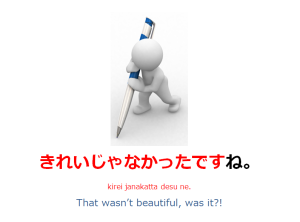










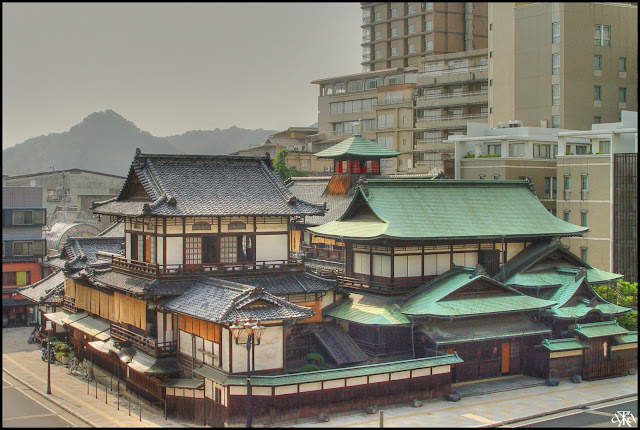
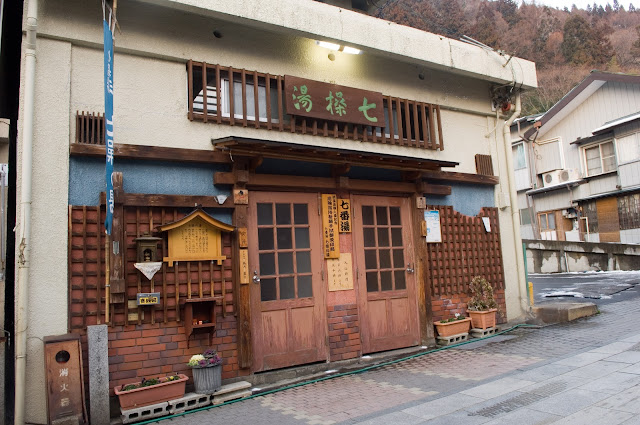

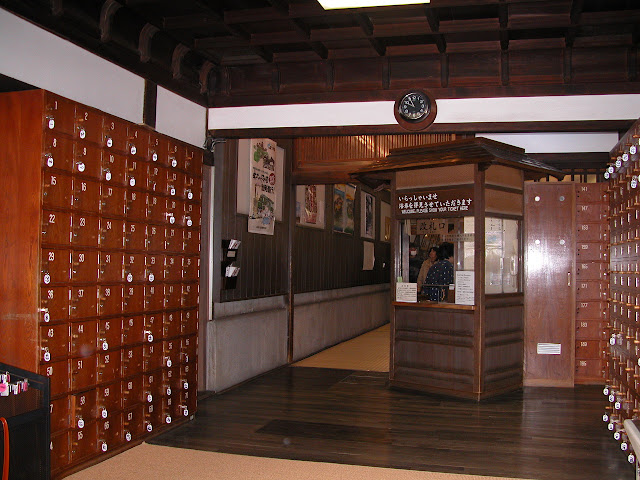


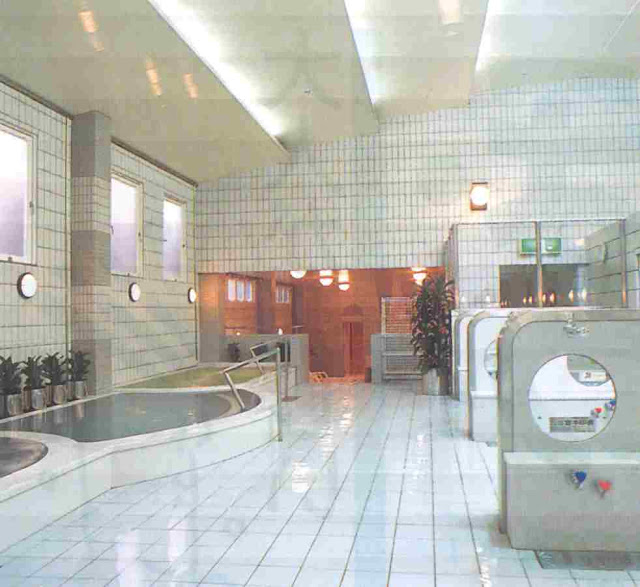
You must be logged in to post a comment.